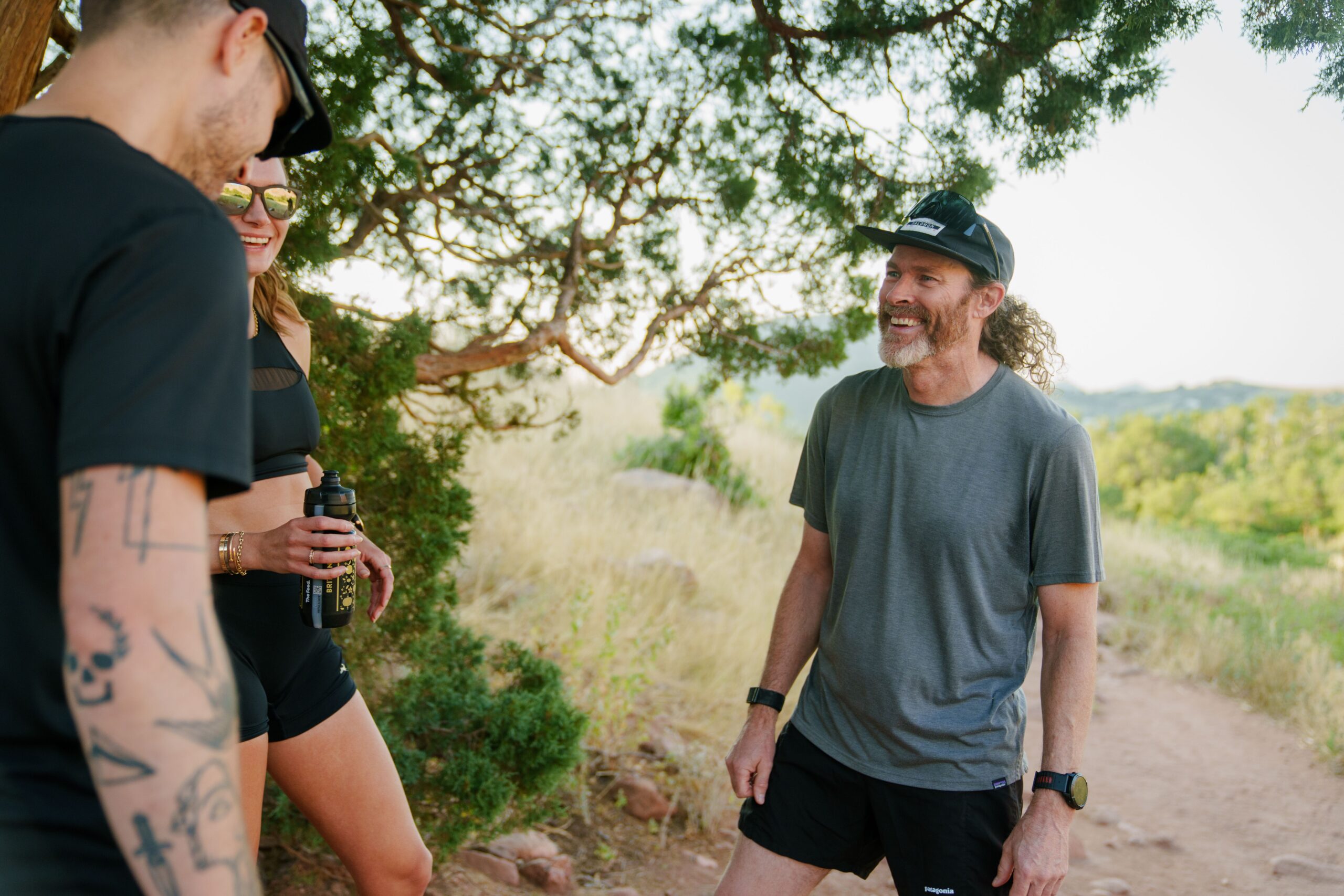In this episode, we have none other than Joe Friel, a legendary figure in the world of endurance coaching. As the co-founder of TrainingPeaks and author of several seminal books on athletic training, Joe has played a pivotal role in shaping the landscape of endurance sports. The fifth edition of the Triathlon Training Bible hit shelves earlier this month. Plus, he has kept his peak health and participation in the sports scene into his 80s.
In our conversation, Joe takes us on a journey through his career: from opening the first triathlon store in the U.S. in the late 1980s to becoming a pioneering coach when the concept was still in its infancy. He shares the challenges and triumphs of building a coaching business, from charging a mere $5 for training plans to achieving his goal of having 70 clients.
We’ll break down Joe’s philosophy on integrating RPE and data, stressing the importance of experienced athletes tuning into their own bodies in conjunction with the objective metrics from technology.
Joe also provides insights into the evolution of triathlon coaching, his prolific writing career started by personal health challenges, and his peers’ concerns about sharing his knowledge too freely — a concern echoed in today’s discussions around technology and AI.
Standout Quotes
“The more you give away, which is really what’s doing in a book. You know? I wasn’t making much money off of these books. The more you give away, the more you get back. And so I was learning some very important lessons for my ongoing coaching business and even to what I do to this day.”
“You know, their data was becoming too important to them. I would have them put a piece of tape over their handlebar computer or over their wristwatch so they couldn’t see the data. And then do the workout, and then afterward, we compare their data with what they felt. Which is good feedback for the athlete because now they’re they’re learning what this feeling means in terms of the data that we’re looking at from a from a device. We need more of that. I think we need more of that.”
“I realized I was behind the curve, and so I just started reading more research. I started a lifelong process reading research studies.”
Joe Friel On Early Coaching Days and Sports Science
“The first book was the “Cyclist’s Training Bible.” I thought it’d sell a couple hundred copies, but, you know, at least I’ll know that I was able to write down and justify how I train athletes. That was kinda like the whole crux of the book. The first month, it sold something like 5,000 copies.
So I was like blown away. I didn’t think it’d sell that many in seven years, and I sold that in one month. And so the next thing I knew, they were asking me to write another book, so I wrote “The Mountain Biker’s Training Bible,” still staying with the cycling thread. Then I wrote a book about aging, “Cycling Past 50,” it was called. And then I wrote “The Triathletes Training Bible.” So that was the first few books. Those all took place in about a period of four years.”
“In fact, we didn’t have stop didn’t have stopwatches until 1971 when the first stopwatch came out, and that was, like, five years after I graduated from college. It was a great thing to have, but before that, we had absolutely nothing. So the, so the coach was in charge of everything. He he had all the data.”
Joe Friel On Early Run Training
“…I’d phone the people once a week or so, my athletes once a week, and talk with them. And back in those days, I didn’t necessarily ever see my clients. In fact, when I would eventually get a picture of them or something, it was kinda like amazing because you kinda get a vision of what the person looks like from talking to them. And the vision doesn’t always jive with what that person actually looks like.
But today, you know, being able to see somebody’s face while you’re talking to them, they may be on the other side of the world, but you’re talking through a meeting app. I see that as being a tremendous thing because the number one, the best way to coach an athlete, is face-to-face. And I mean, so you can actually touch the athlete. That’s that’s face-to-face coaching. So, if I was to coach an athlete, I met with them every morning, for example, at the track or at the pool or on a bike, work, whatever it may be. And I can see their face, see their body language, shake hands with them, ask them how they’re feeling, see how their face reacts when they talk about yesterday’s workout.
All these sorts of things that I couldn’t do at all on a telephone are now almost entirely possible. Not quite I can’t touch the person anymore and put my hand on their back and pat their back when they tell me they’re having a hard week or something like that. But I can now see their face online. That, for me, is like an amazing tool. I wish I’d had that back when I was coaching. But that’s a game changer right there.”




